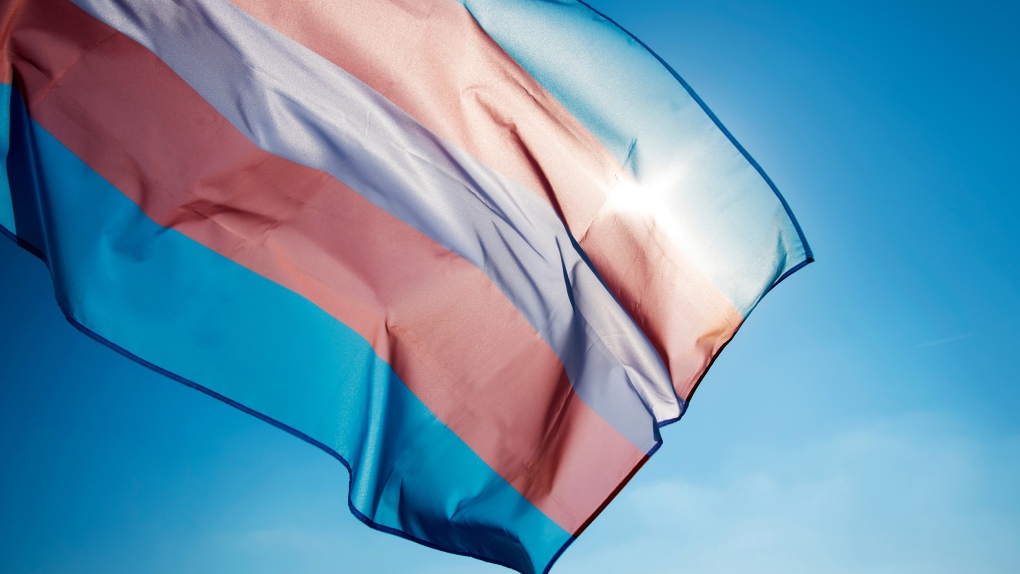Sunday marks the International Transgender Day of Visibility. Here’s what you should know

Easter Sunday coincides with the International Transgender day of Visibility, celebrating the contributions and achievements of transgender, non-binary and two-spirit communities across Canada.
The day was created in 2010 by American trans advocate Rachel Crandall in response to the overwhelming number of media stories about transgender people being focused on violence, according to the LGBT advocacy organization Glaad.
The day is separate from the Transgender Day of Remembrance held on November 20 that honours the memory of transgender people whose lives were lost in acts of anti-transgender violence.
“That’s why it’s still necessary for trans people to be seen through authentic, diverse, and accurate stories which reflect the actual lived experiences of trans people, both for themselves and for the people who believe they’ve never met a trans person,” Glaad says on its website.
Local activist and head librarian for the Ottawa Trans Library Tara Sypniewski spoke to CTV Morning Live on Thursday about the day and why it is important to increase the visibility of trans people.
Sypniewski, who has been active in the Ottawa transgender community since the 1980’s, says things have changed enormously for the trans community in the last decade.
“When I was young there were no trans people in public at all,” Sypniewski said.
“There was no representation whatsoever and in films we were usually maniacal killers or brutally murdered.”
The day also comes to bring awareness to an increase in anti-trans hate and discrimination.
A national survey conducted in 2020 found that trans and non-binary Canadians face under-employment, issues having their health-care needs met and fear of harassment that leads many to avoid certain public spaces.
In the last year, transgender rights have become a hot button issue in the political world. The governments of Saskatchewan and New Brunswick introduced policies that would require parental consent for any changes to names or pronouns of students under the age of 16 in schools.
In Alberta, Premier Danielle Smith advocated for policy changes that would include a ban for all gender-affirming surgeries for minors aged 17 and under.
Last week, Canadian music stars Tegan and Sara released an open letter signed by more than 400 fellow artists from the worlds of music, film and literature denouncing what they describe as “anti-trans” legislation in parts of the country. The letter says provincial policies being introduced across the country present a “clear risk” to the mental and physical well-being of transgender Canadians.
Sypniewski says that while threats and intimidation against transgender people are on the rise, she has seen an improvement in the visibility and activism of trans people in Canada.
“There’s still threats and intimidation,” she said.
“Things have improved and the reason we’re seeing all these threats is because things have improved and there is a reaction against it.”
Sypniweski says increasing the visibility of trans people in Ottawa is part of the reason she opened the Ottawa Trans Library in 2022.
The Ottawa Trans Library houses a collection of books by trans authors, as well as historical, important and interesting works on trans issues and people.
“It was a modest beginning, I was only going to share a collection of books that I had,” Sypniweski said.
The space acts as a social space as well, with a number of events hosted by the library every month.
“The best place to put it was on main street Ottawa to raise visibility,” she said.
“And I think that’s what people really appreciate about it is we’re right there on Somerset Street West and we’re part of the street scape were just like the barber shop next door the flower shop down the street is it normalizes trans people.”
Canada is the first country to collect and publish data on gender diversity from a national census.
Of the nearly 30.5 million people in Canada aged 15 and older living in a private household in May 2021, 100,815 were transgender (59,460) or non-binary (41,355), accounting for 0.33 per cent of the population, according to Statistics Canada.
The International Day of Transgender Visibility is observed annually on March 31.
With files from The Canadian Press
View original article here Source









